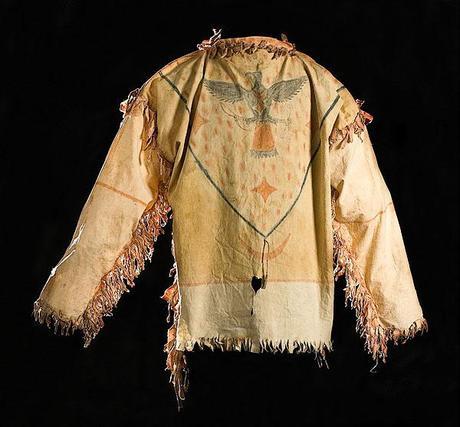Once we get past the sniggering, Mormon underwear (officially known to Mormons as “temple garments” and unofficially as “garmies”) presents a fascinating site of study. Why are they worn and what do they represent? The answers, I suspect, differ greatly depending on who is talking. Anything that is so obviously personal, so close to the body, will undergo continuous transformation and be constructed in ways that ecclesiastics will never capture or acknowledge. Whatever the official explanations or rationales, I’m confident they are less rich than more personal understandings. I’m also confident that garmies work on levels that Mormon leaders may not fathom. To give but one example, garmies fit nicely into the costly signaling theory of cooperation that is vogue in evolutionary studies of religion.
Mormon doctrine and academic theory aside, we can get some sense for the myriad ways Mormons perceive garmies in this delightful piece by Valerie Tarico. Judging the symbolic potential by comments from various garmie wearers past and present, I can envision an entire cottage industry for cultural anthropologists similar to that which surrounds Islam and the hijab. The difference, of course, is that garmies don’t provide a rich field for fashion, commodity, or authenticity analyses. This is not to say that garmies have not changed over time. As this LDS chart shows, they have:

In Mormon folk religion, Garments have special powers. Stories are told of wearers being saved from bullets or a fiery death in a car crash. One story tells of a Mormon soldier during WWII who was killed by a Japanese flame thrower – but his Garment survived intact. The stories go back to Joseph Smith himself, who died in a hail of bullets without his Garment on. His companion, Willard Richards, who was wearing his, emerged unscathed. Mormon historian Hubert Bancroft described the incident in his 1890 History of Utah: “This garment protects from disease, and even death, for the bullet of an enemy will not penetrate it. The Prophet Joseph carelessly left off this garment on the day of his death, and had he not done so, he would have escaped unharmed.”
Bancroft’s 1890 story about Joseph Smith and his bulletproof garment raises an intriguing (diffusionist) possibility. Two years earlier, in 1888, the Paiute prophet Wovoka revived the Ghost Dance and began hosting Native American visitors from around the country at the Walker Lake Reservation in central Nevada. In 1889, the Lakota shaman Kicking Bear visited Wovoka on behalf of the Sioux. By the time Kicking Bear arrived back in South Dakota, what would become the Sioux version of the Ghost Dance had become more millenarian and militant. Kicking Bear told Lakota warriors that if they wore special shirts, bullets could not harm them. Tragically, many Lakota discovered otherwise at Wounded Knee in 1890.



posted on 10 November at 03:57
Mormons actually call them garments, just thought you should know!